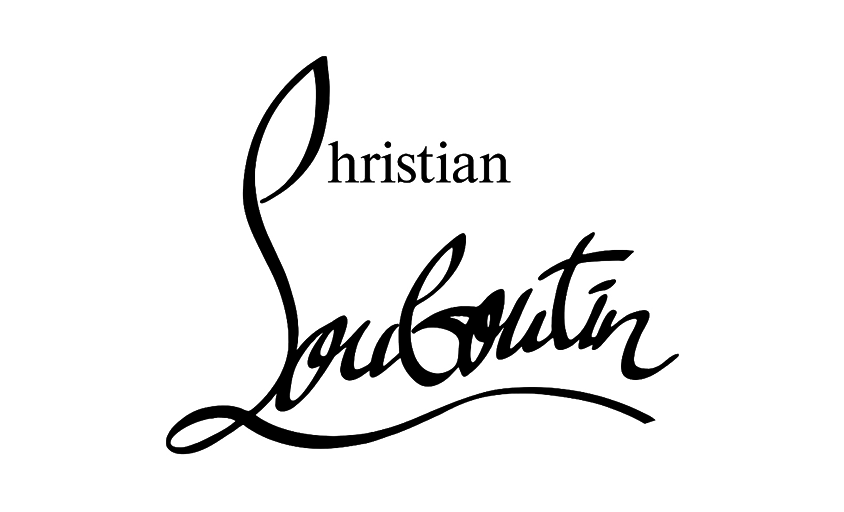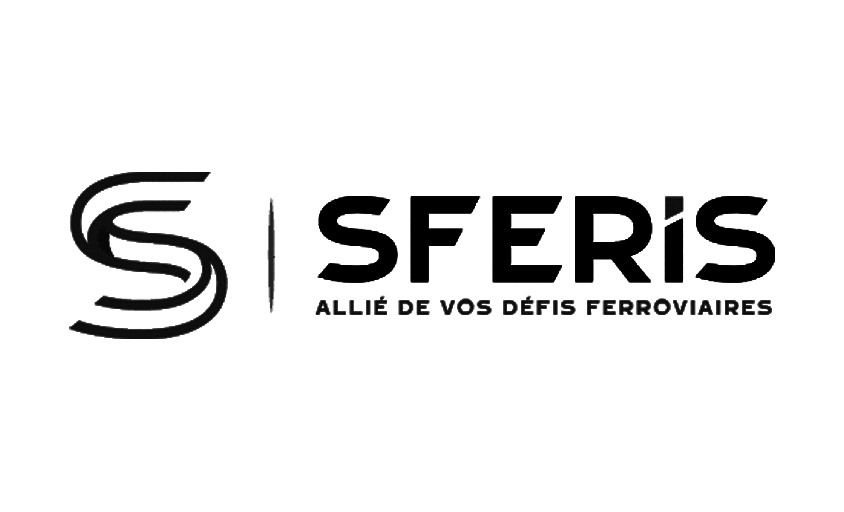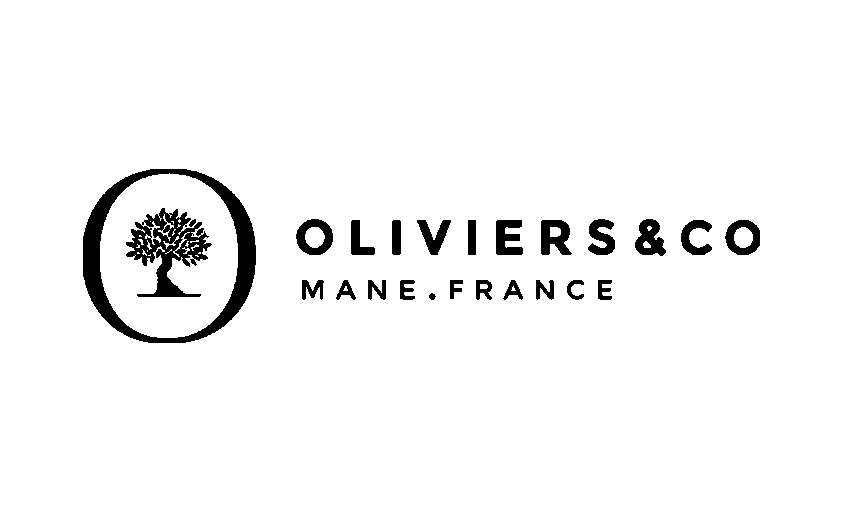Gaussian Blur
In this article :
Gaussian Blur, named after mathematician Johann Carl Friedrich Gauss, is an image processing technique used to soften or reduce noise and detail in a photograph. By applying a convolution with a Gaussian function, this method produces a smooth and aesthetically pleasing blur, commonly used in photo retouching to enhance textures, even out skin tones, or create a less distracting background.
Principles of Gaussian Blur
Gaussian blur is defined by its bell-shaped distribution, where central pixels carry more weight than those at the edges, resulting in a blur that appears natural and soft. Unlike other types of blur that may look more artificial, Gaussian blur preserves smooth transitions between blurred and sharp areas, making the effect less noticeable.
Radius & Sigma: Fine-Tuning the Blur
The slider in Photoshop controls the radius, expressed in pixels.
Behind the scenes, this radius corresponds to the standard deviation (sigma) of the Gaussian curve: the larger the sigma, the more distant pixels are included in the average, and the softer the image appears.
- High-res portrait: radius of 8–12 px to smooth skin without losing eyelash detail
- Noise reduction: radius of 2–3 px is often enough for a 24 MP file
- Graphic design: radius > 20 px to create a soft background behind text
Applications of Gaussian Blur
- Skin Smoothing: In portrait photography, it helps minimize imperfections and create smooth skin textures without completely removing natural details.
- Noise Reduction: Useful in low-light situations or when shooting at high ISO, helping to reduce the grainy appearance of digital noise.
- Subject-Background Separation: By gently blurring the background, subjects are highlighted more clearly, drawing the viewer’s attention to them.
- Creative Effects: Used to create dreamy atmospheres or soft transitions in photographic or graphic compositions.
Gaussian Blur, Lens Blur, Motion Blur
- Gaussian Blur: Isotropic and uniform effect. Perfect for smoothing skin, reducing ISO noise, and creating soft backgrounds.
- Lens Blur: Simulates the shape of the aperture and preserves natural bokeh. Ideal for recreating realistic depth of field.
- Motion Blur: Directional blur with adjustable length and angle. Used to convey a sense of speed (vehicle streaks, moving object trails).
- Iris / Tilt-Shift: Applies a gradual blur around an elliptical area or a horizontal band. Useful for the “miniature” effect or to isolate a specific subject in the composition.
Applying Gaussian Blur
Most image editing software, such as Adobe Photoshop, offers an easy-to-use Gaussian Blur function. The steps to apply this effect include:
- Layer Selection: Choose the layer or area of the image you want to blur.
- Adjusting Intensity: Set the blur radius to control the strength of the effect. A larger radius results in a more pronounced blur.
- Preview and Apply: Preview the effect before finalizing it, allowing adjustments based on the desired outcome.
- Smart Object: Convert your layer to a Smart Object before applying the filter. This allows you to reopen and tweak the blur radius at any time without permanently altering the original pixels.
Tips for Using Gaussian Blur
- Moderation: Excessive use can make the image look unnatural. It’s best to apply it sparingly to maintain the photo’s authenticity.
- Layer Masks: To apply the effect selectively, use layer masks for precise control over which areas are affected.
- Combining with Other Effects: Gaussian Blur can be combined with other editing techniques for more complex and customized results.
Restoring Sharpness Without Losing Smoothness
An overly strong blur can appear “soapy.”
– Slightly reduce the radius, often just one or two steps is enough.
– Add a High Pass layer set to Soft Light to reintroduce micro-contrast.
– Selective sharpening: paint on the High Pass layer’s mask to target only the eyes, jewelry, or fabric textures.
Conclusion
Gaussian Blur is a versatile tool in photo editing, giving creators the ability to subtly manipulate their images to achieve specific aesthetic results. Whether softening details, reducing noise, or creating a sense of depth, Gaussian Blur remains a go-to technique for photographers and retouchers aiming to enhance the visual quality of their work.
Jérémy Carlo is the editorial director at Rétines, where he ensures the consistency and clarity of all content produced by the studio.
Our Clients
Let’s discuss
What we do for you at Rétines
Meticulous work, an organised project and fast delivery. And to achieve this, we mobilise the right resources in our teams at the right time.
01
Pre-production
Artistic and technical direction tailored to the project.
Relevant recommendations on content, form and resources.
02
Photo Shooting
Photos taken by our experienced photographers.
Production that’s controlled, efficient and tailored to the needs of the project, with nothing superfluous.
03
Retouching
Technique
Photographs magnified by our retouching team.
Post-production to meet the commercial challenges of the brief.












